Thailand: We travel to slow down
Exploring the Soul and Redefining Perception through Meditation
“When you avoid being alone at all costs, you forgo the opportunity to experience solitude: that sublime state in which you can gather your thoughts, meditate, reflect, create, and ultimately give meaning and substance to communication.”
ZYGMUNT BAUMAN

Where are you in your life? Is it really a path you are on? And where is it taking you?
These are questions that, over time, we learn to avoid or ignore. The pressures of a “reality” often perceived as immutable, together with the habit of interpreting it in a negative way, distance us from our interiority. It is a shared deception, a tacit social agreement: the so-called evidence of reality.
But what is this “reality” really? We usually think of it as a set of social and cultural norms, prejudices and expectations, accepted without question by those who belong to the same group, be it a nation, a culture or a community. Often, what we call “reality” is expressed through sentences that sound like indisputable truths, statements that do not require explanations because they seem to justify themselves. Examples of these “truths” could be: “Those who travel frequently do not know how to stop,” “A woman should avoid traveling alone,” or “Truths are absolute, not debatable.”
These statements embody the contrast between what we are told to be and what we really are. And here comes the story I want to tell: that of a solitary traveler, of her encounter with a woman dedicated to teaching Buddhism, and of how traveling can paradoxically become a way to stop.
Why tell this story? Because, although we live in a deeply individualistic culture, every existence carries with it something universal. Suffering and the search for meaning are experiences that unite us, regardless of time and place. And it is precisely in this common ground that our stories intertwine, revealing the shared humanity that makes us, in many ways, all the same.
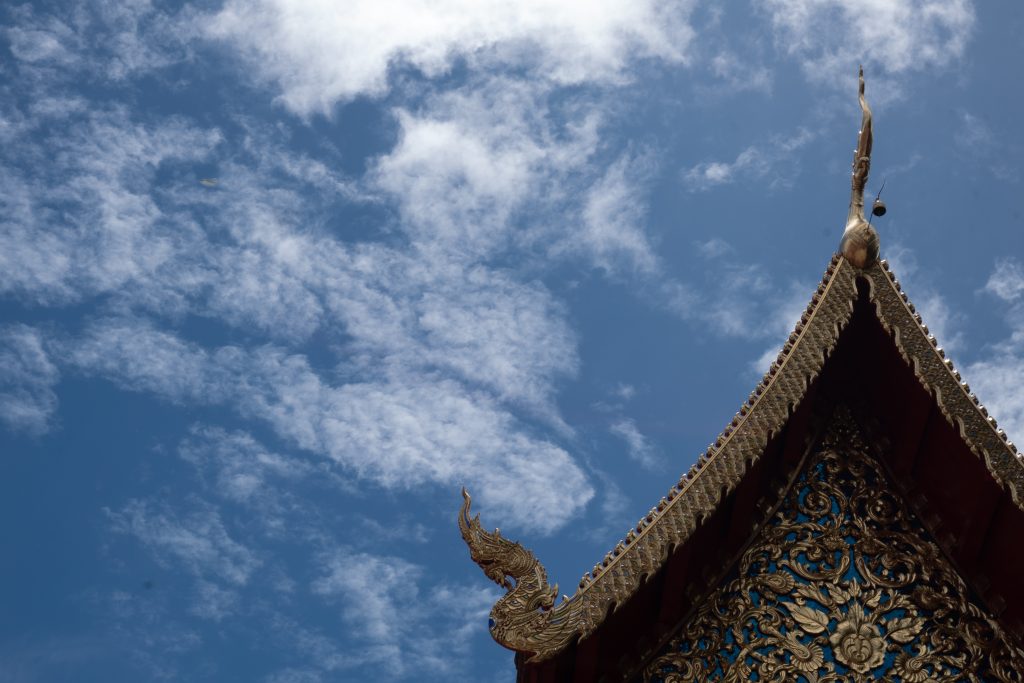
Traveling alone in Southeast Asia taught me to slow down, to a complete stop. How far did I have to go to achieve this? Over 11,000 kilometers and almost 24 hours of travel. A few days after arriving in Thailand, I spent a week at Wat Phradhatu Sri Chom Tong Voravihara to practice the Vipassana Meditation. The transition from the frenetic chaos of Bangkok to the quiet of Chom Tong marked a profound change, reflecting the process of introspection that begins when you stop to look inside yourself. Green landscapes, palm trees, intense scents of spices and the smiles of the local people accompanied me to the temple. Julia, a Spanish woman in her forties, welcomed me. After completing the basic course, she had decided to stay to help the newcomers, explaining Vipassana meditation and how to practice it.
After this brief experience at Wat Phradhatu Sri Chom Tong Voravihara, I continued my journey through Thailand and Vietnam, but for some inexplicable reason, like every small or large event in life that silently digs into us, the experience I had lived had offered me a different perspective on my habits, prejudices and beliefs.
Every time I found myself testing this new lens on the encounters I had, on the difficulties and unexpected events of traveling alone, I felt a different reading of reality emerge. I found myself reflecting on things that until recently would not have questioned me, as if each experience required being observed from a new angle. Gestures that had initially been simple forms of courtesy, such as clasping one’s hands and bowing one’s head in greeting or gratitude, became expressions of something deeper. The “Sawadee kaa” (hello/good morning/good evening) and the “Khob khun kha” (thank you), always accompanied by a smile, took on a meaning that anchored me to the present and reminded me that I was in a place where every encounter was an opportunity for authentic connection.
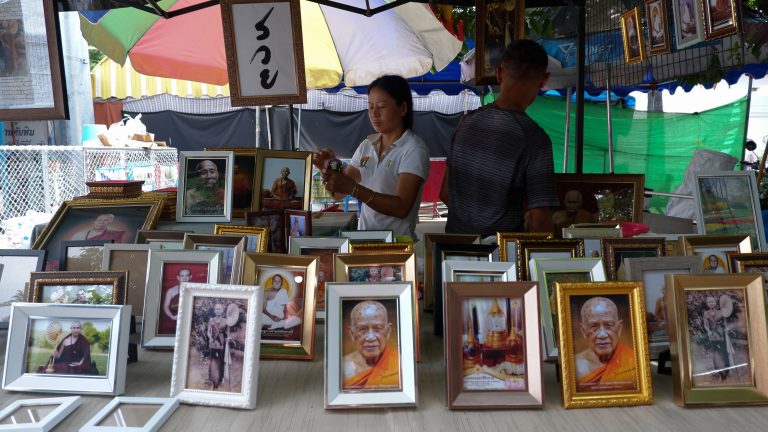
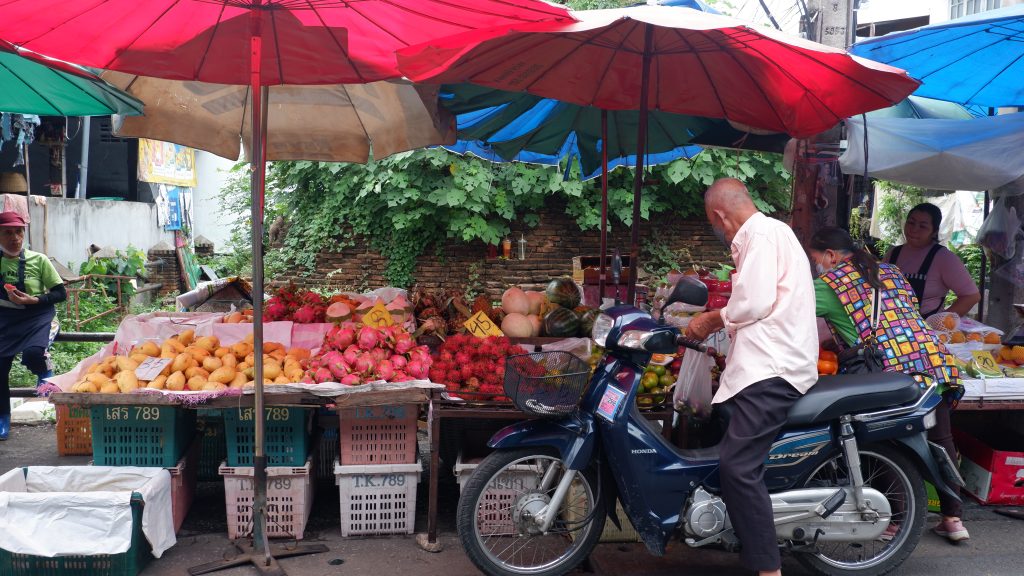
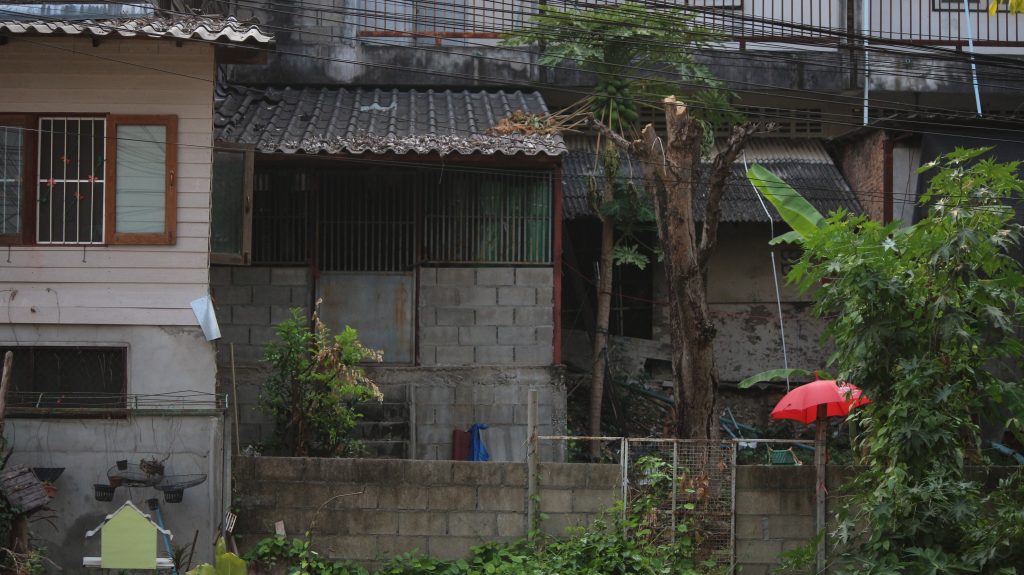
Meanwhile, the landscape outside reflected my changing state of mind: the dull sky, soaked in humidity, and the smoke of seasonal crops mixed with the liveliness of the colors that surrounded me. I looked with new eyes at the golden beauty of the Buddhist temples, the flower crowns that adorned the streets, the bright orange of the robes of the monks who passed through neighborhoods marked by poverty, in stark contrast with the modernity of the skyscrapers. This scenario, full of contradictions, only reinforced my internal reflection: everything, however different, found its own space, and so I too began to find mine.
I continued my journey with the memory of the experience I had at the temple in Chom Tong. So, immersed in my growing curiosity and desire to explore more deeply, I decided to return to the temple. It was a bold step, but I felt it was necessary. I prepared myself to face the 21-day meditation course, immersed in rigorous silence and far from any electronic distractions.
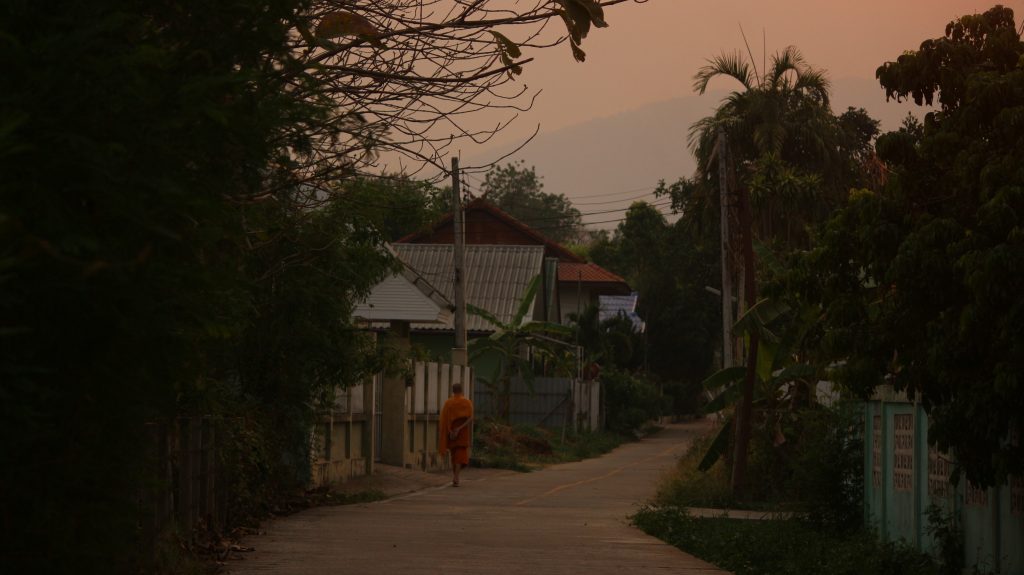
During those weeks, in close contact with myself and weaving invisible bonds with those who, like me, were facing the same path, a desire was born in me: "I want to tell this story and the story of those who chose to stay."
I had never spoken to Kathryn, the director of the international Vipassana meditation center Wat Phradhatu Sri Chom Tong Voravihara, except the day I arrived. Yet her mere presence, the way she was in a room, had made a profound impact on me. When I asked her to tell me her story, she simply agreed, saying, “If you’re interested, I’ll tell you how I got here and about the practice, but not my personal story in detail. That doesn’t matter.”
Now, as the buzzing of flies and the croaking of frogs accompany my thoughts, I observe her. I sense on the face of the woman in front of me the clarity of her gaze and an intrinsic sense of peace in her expression, the same that leaves her careless of her messy white hair. Her facial features are more similar to mine than to those of the people I met during the months spent in Thailand, and this intrigues me even more. Talking to Buddhist teachers and some monks, I discovered that it is quite unusual for a woman to direct a Buddhist temple or its department, and this makes her story even more fascinating. So I proposed an interview.
We are sitting in front of a small table covered with flowers and small pots with colorful plants, in the garden of one of the houses in the temple village. Kathryn, with a faint smile, looks at me.

I ask her: Where are you from? What brought you here?
Kathryn: I was born and raised in California. I studied art and music. I have always sought a path to spiritual exploration through music. I felt like there was more to what I had been raised on, what I had always believed, and what was material. If I had to verbalize the feeling that was pressing inside me, it would be, “We are not meant to be stuck in materiality.”
Kathryn of the 80s in a California where every taboo is cleared, every road seems passable, all the cultural walls and barriers that had accompanied her growth had fallen. The excitement and curiosity for what would be built in place of those structures now considered old was so much. Different passable roads, no precise direction and the desire to find a meaning to one's life and one's choices that was not just a slogan or a reaction in opposition: this is Kathryn's position.
Kathryn's words remind me of Zygmunt Bauman: "Societies like ours, driven by millions of men and women in search of happiness, become increasingly richer, but it is not at all clear whether they become happier as a result."
Kathryn has a friend who has traveled to Thailand and advises her to send a letter to a Buddhist studies institute in Chiang Mai to ask for information. Kathryn writes, receives a reply and leaves. There she will meet Ajahn Tong Sirimangalo who will become her teacher and whom she will follow to Chom Tong, where she will remain first as a teacher and then as director of the international center.
K: Music had always been the way I had searched for meaning and conducted my spiritual search. After I began practicing Vipassana I discovered that what I was looking for outside I could only find within myself. Vipassana, comes from the ancient Pali and means, “to see clearly,” in English it is usually translated as “insight.”
Insight is the highest form of knowledge. There is memory, built from memories, education and studies of each one. Then there is the ability to reason, through which we analyze, compare, build. Finally, there is insight, which is the knowledge that each one has within himself.
What the practice of meditation taught me was to observe reality for what it is and just observe it. Without judgment, without desire, without changing it to make it easier to accept. Observing judgments, desires, habits of thought.
Speaking to women and girls who want to travel alone: do it consciously. Traveling implies changing perspective. Traveling alone puts you in a position where it can be easier to question yourself and face your own conditioning.
You don't have to go to the other side of the world, but if you have the opportunity and desire to do so, do it.
Regarding Vipassana: Today it is easy for us to travel in the world, but less easy is the opportunity to do so within ourselves.
Then, bowing his head, clasping his hands, he smiled at me in his serene and peaceful way. Before I left, he urged me to remember to practice kindness and awareness, saying:
“Whenever anger, sadness, frustration arises in you because of the reaction of others, try to see the suffering behind their actions and if you can recognize that that suffering is yours, the same as everyone else’s.
I think kindness is what can save us if we practice it as much as we can.”
A final bow of the head and we said goodbye.
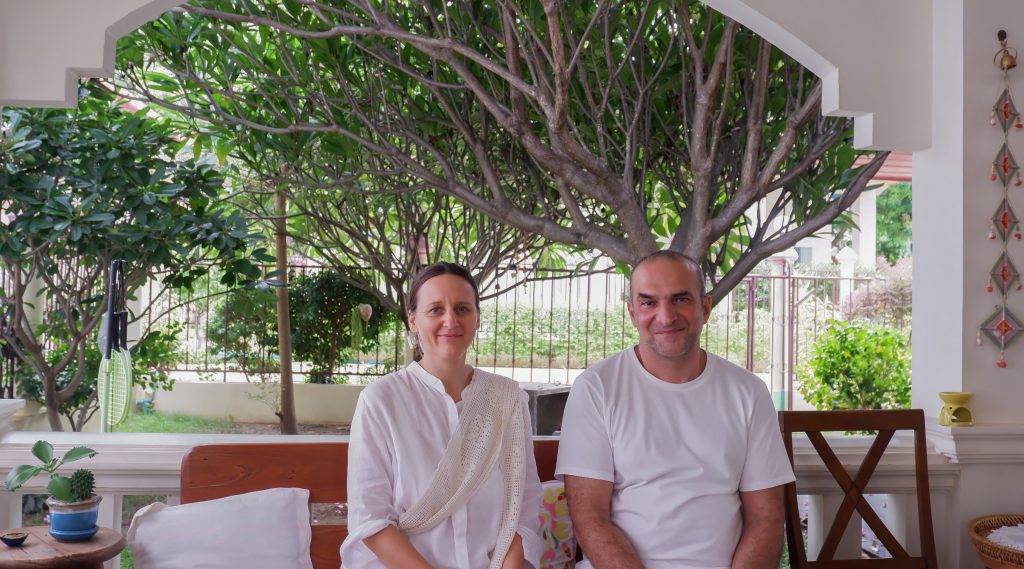

"It is not a question of understanding, but of practicing. Seeing, of course, is the final result for a man of knowledge, and sight is obtained only after having stopped the world through the technique of non-doing."
CARLOS CASTANEDA – The teachings of Don Juan
Article by Chiara Gulino; photos by Chiara Gulino and Lara Berthod